
‘Descartes Error’, Body Intelligence and Surrendering

Academics, teachers and scientists like Professor Guy Claxton, visiting Professor of Education at King’s College, London, cognitive neuroscientists, researchers and scientist/practitioners are discovering through empirical research and experience, what ancient Indian scholars, sages like Patanjali or Ved Vyasa and many yoga masters like Iyengar knew. Namely that ‘the body is a brain’ and that ‘the body and the mind are not separate’.
In our latest article, we share a little about what Professor Claxton and science say about the body mind connection as well as suggestions on how to begin a practice of being more ‘embodied’ with wisdom from the Bhagavad Gita, yoga and meditation.
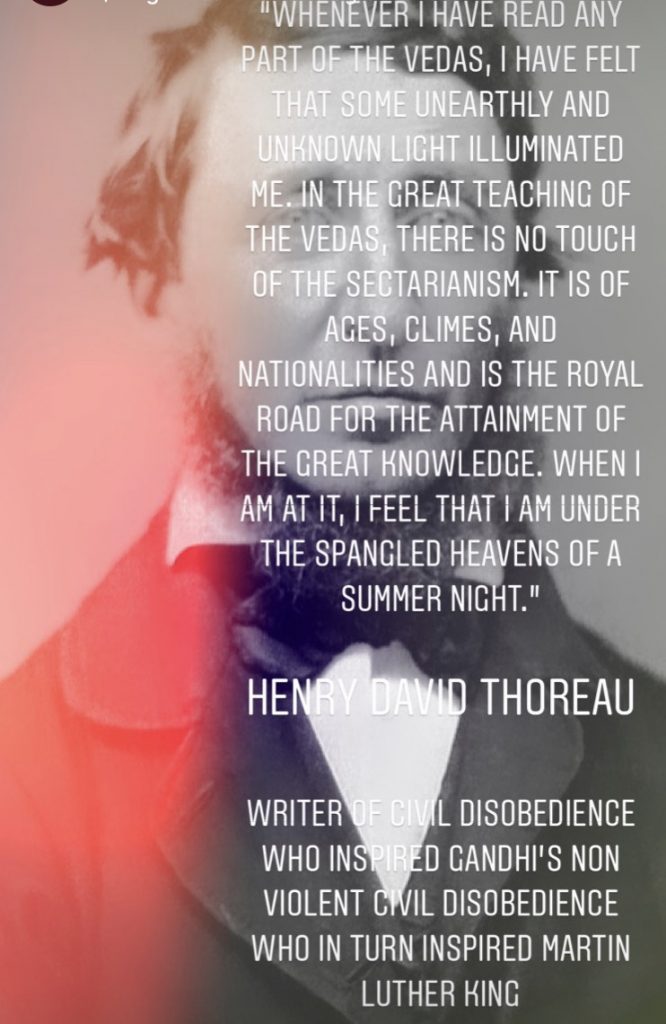
‘The Body Is A Brain’ Professor Varela
In his brilliant article in the Psychologist and his book ‘Intelligence in the Flesh: Why Your Mind Needs Your Body Much More Than It Thinks’, Professor Claxton details some of the latest findings in research on this subject.
Professor Claxton highlights how systemic physiology uncovered that intelligence involves the entire body. Furthermore advances in cognitive neuroscience and embodied cognition (based on the idea that the mind and the body influence each other) demonstrate that elements of cognition such as memory, language comprehension, problem-solving and decision-making all depend on the quality of the relationship that mind and body have.
“Each of these ‘systems’ (the cardiovascular system, the digestive system, the somatosensory system, the immune system, the endocrine system, the nervous system, and so on.) as well as carrying out specific functions, is an information exchange, constantly talking to, and being informed and modified by, all of the others.
Professor Guy Claxton
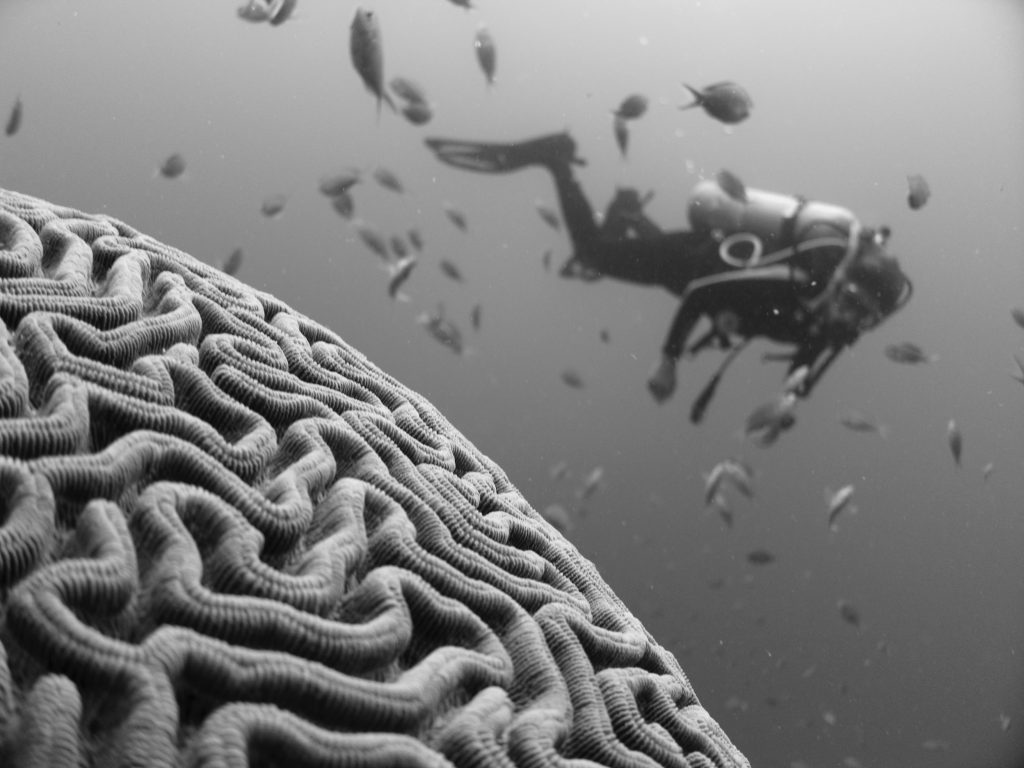
Professor Claxton also cites the work of the late Chilean immunologist, neuroscientist, biologist and professor of cognitive science and epistemology at the École Polytechnique, in Paris, Professor Francisco Varela who challenged AI’s and Information technology’s views on the relationship between consciousness and the organism. Varela who was also a proponent of embodiment viewed the immune system as ‘bits of brain floating round the body’ (see Varela et al., 1991).
The body has a brain’ it now seems more accurate to say simply ‘The body is a brain’.
I’m interested in the nervous system, cognitive science, and immunology, because they concern the processes that can answer the question of what biological identity is. How can you have some kind of identity that simultaneously allows you to know something, allows cells to configure their own relevant world, the immune system to generate the identity of our body in its own way, and the brain to be the basis for a mind, a cognitive identity? All these mechanisms share a common theme.
Professor Varela
Yoga and Meditation Uniting Body/Mind

Yoga differs from other spiritual and psychological approaches whereby it understands that the mind and body are not separate. Furthermore all masters acknowledge that knowledge is not enough. One has to practice (abhyasa) and come to this realisation experimentally and experientally. Knowledge is not enough. One has to take action, consistently, over time.
योगश्चित्तवृत्तिनिरोधः ॥२॥, Patanjali Yoga Sutras
yogah-chitta-vritti-nirodhah ||2||
As Patanjali uncovered thousands of years ago ” to restrain the modulations of the mind is yoga”.
What this means in very simple terms is that we are mostly identified with our mind, thoughts, feelings and emotions. We (and our body and biology) becomes what we tell ourselves. As such our mind can be our best friend or worst enemy especially as it manufactures thoughts constantly.
Between stimulus and response there is a space. In that space is our power to choose our response. In our response lies our growth and our freedom.
Viktor E Frankl

द्रष्टृदृश्ययोः संयोगो हेयहेतुः Draṣṭṛ dṛśyayoḥ saṁyogo heya hetuḥ.
Yoga Sutra 17. Patanjali
“The cause of that avoidable pain is the union of the Seer (Puruṣa) and the Seen (Prakṛti or Nature).” Yoga Sutras, Patanjali
Where lies our power and therefore freedom is to see that we are not what our mind tells us. As many scientists and cognitive behavioural scientists have shown, we have the inherent capability to pause and evaluate each moment.
“Your Intelligence should have an intimacy with your body. It should in close contact and know it well. When there is no intimacy between your mind and your body, there is duality, there is separation, and there is no integration.”
B.K.S Iyengar
Two Ways To Experience The Body/Mind Connection
“In the morning I bathe my intellect in the stupendous and cosmogonal philosophy of the Bhagavat Geeta, since whose composition years of the gods have elapsed, and in comparison with which our modern world and its literature seem puny and trivial; and I doubt if that philosophy is not to be referred to a previous state of existence, so remote is its sublimity from our conceptions. I lay down the book and go to my well for water, and lo! there I meet the servant of the Brahmin, priest of Brahma, and Vishnu and Indra, who still sits in his temple on the River Ganga reading the Vedas, or dwells at the root of a tree with his crust and water—jug. I meet his servant come to draw water for his master, and our buckets as it were grate together in the same well. The pure Walden water is mingled with the sacred water of the Ganga (Ganges).”
Henry David Thoreau, Walden
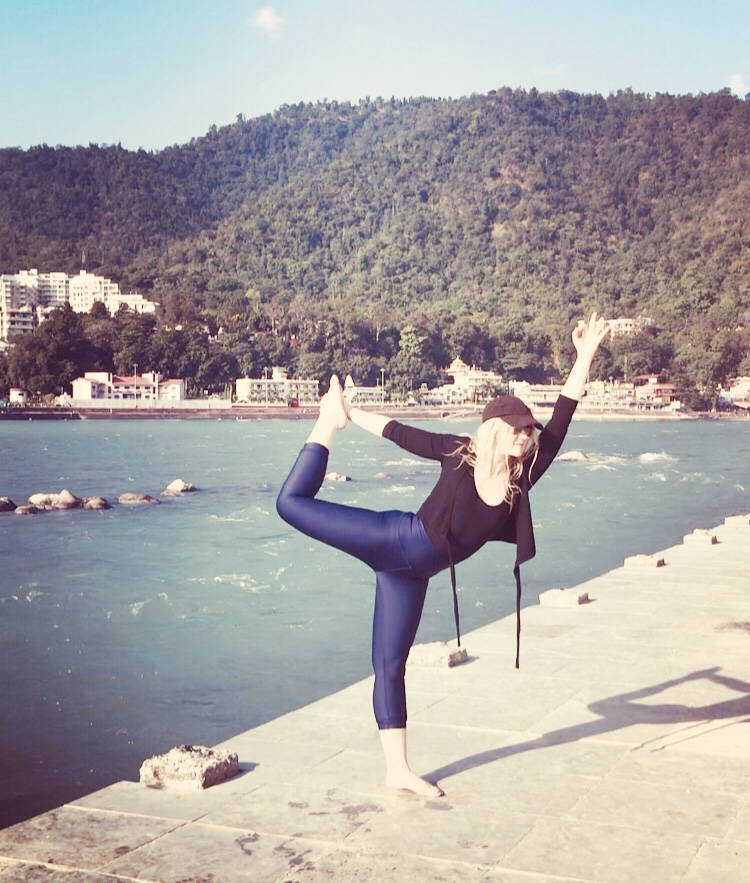
1.Surrendering Your Body, Mind and Heart
We can do this in various ways.
However I find the path of yoga beautiful as it is complete, holistic and inclusive covering pretty much all the traditions I learnt separately from very young and over my life time!
We do this by falling in love with ourselves and by learning how to “go inside”. In the Sri Sri yoga I was taught we explored many yoga traditions. The knowledge is very scientific, available and accessible to everyone. It’s not esoteric and really everyone can learn this.

How do we awaken to our inner nature as part of cosmic consciousness?
As many sacred texts attest we have the power of the entire universe within us.
The first step is… … surrender.
“Give Me your whole heart.”
Bhagavad Gita

सर्वधर्मान्परित्यज्य मामेकं शरणं व्रज |
अहं त्वां सर्वपापेभ्यो मोक्षयिष्यामि मा शुच: || 66||
sarva-dharmān parityajya mām ekaṁ śharaṇaṁ vraja
ahaṁ tvāṁ sarva-pāpebhyo mokṣhayiṣhyāmi mā śhuchaḥ
Chap 18, Bhagavad Gita
“Abandoning all forms of rites and duties, take refuge in Me alone. I shall free you from all sins. (Therefore) do not grieve.”
How can we surrender?
It’s simple. Find a quiet space, set your timer to five minutes initially, sit comfortably and allow yourself to be. You will have thoughts arise. Just let them go gently. Trust this process.

2.‘Connecting To Yourself using the Pancha Kosha Meditation
“When you go within and let go of anxiety and know that you are loved by the Universe, you get inner strength.”
Gurudev Sri Sri Ravi Shankar
How can we start connecting to ourselves?
In yogic philosophy there is a model called ‘Pancha Kosha’, dating back to ancient times. I wrote about this in a previous article. It means the “five layers” models.
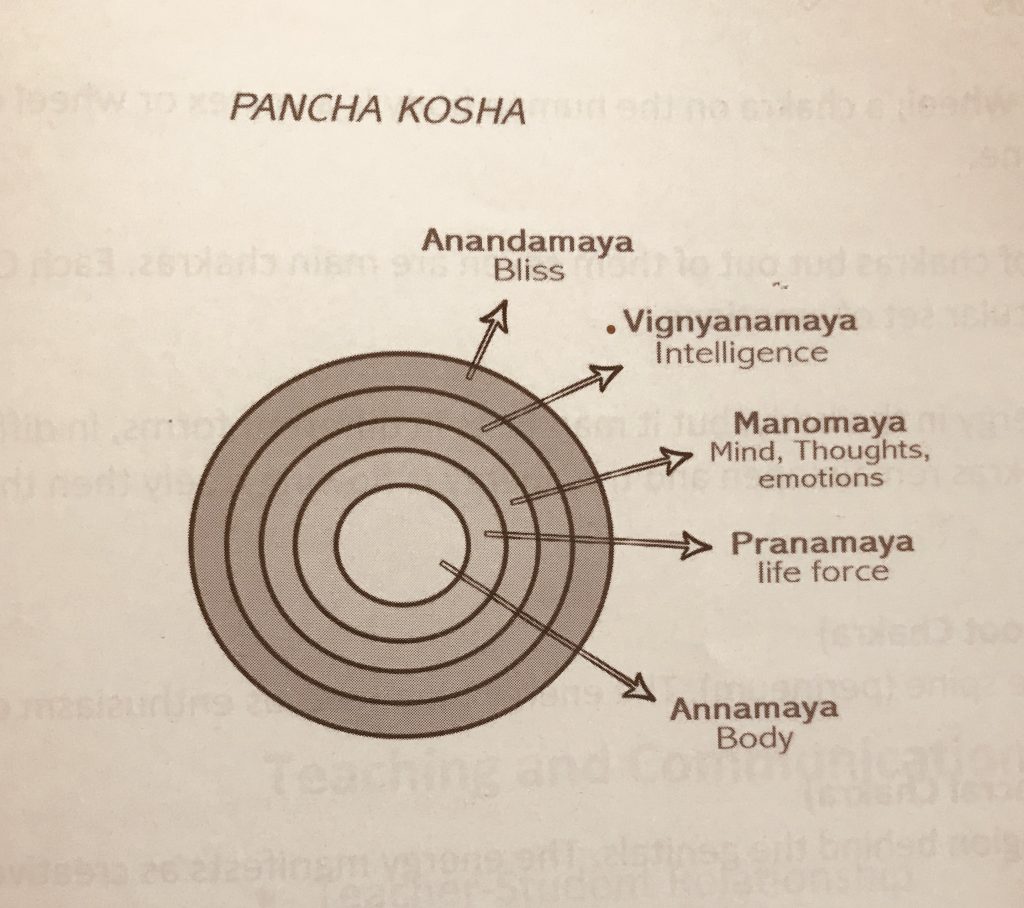
In Sanskrit pancha means “five,” and kosha means “sheath.” We learn how to penetrate our layers/sheaths which are said to be around the human soul.
We examine and go within each of the five layers of consciousness which are:
- Annamaya kosha — physical body/food sheath
- Pranamaya kosha — within they physical body/our life force (pranayama) or breath sheath. Pranayama our breath work is effective here
- Manomaya kosha — mind /perception sheath & yoga nidra can be the bridge transcending these koshas
- Vijnanamaya kosha — intellect /knowledge sheath, the study of scriptures & texts are particularly useful here
- Anandamaya kosha — bliss sheath, our most subtle body, practicing regular meditation, krya as abs regular sadhana (practice) contribute to us feeling bliss our natural state.
A very simple and effective way to experience this surrender, relaxation and connection is with a pancha Kosha meditation. We can also do asanas (physical postures of yoga) followed by breathing and a meditation.
Sign up to our newsletter and receive a free Pancha Kosha meditation: www.youralchemists.com
All the various limbs of yoga can help us go within ourselves and fall in love with ourselves, life and others. This is how we heal any disconnection we might have with ourselves and others through past trauma or other hurts.
It’s a really beautiful path.
Keeping an open mind, going within and feeling for ourselves is essential. This, also, is yoga.
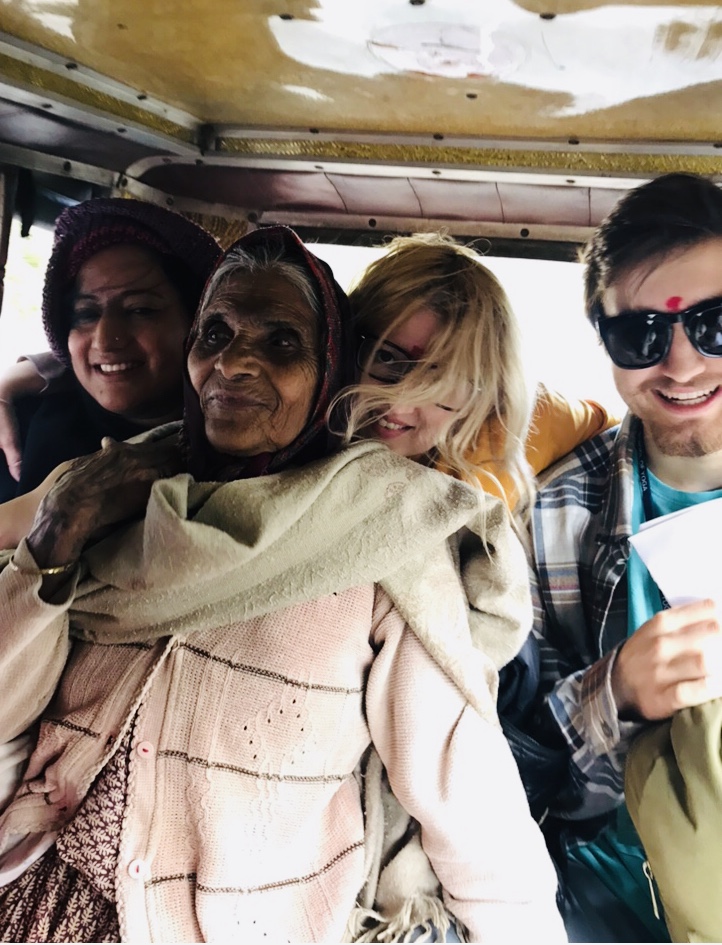
References
Claxton, G.L. (2015). Intelligence in the Flesh: Why Your Mind Needs Your Body Much More Than It Thinks. Yale University Press: London and New Haven CT.
https://thepsychologist.bps.org.uk/intelligence-flesh
Patanjali Yoga Sutra. Commentary by Sri Sri Ravi Shankar. Art of Living.
Hawley, J. (2011) The Bhagavad Gita: A Walkthrough for Westerners. New World Library. California.
Thoreau, D. (1989) Walden. edited by J. Lyndon Shanley. Princeton University.
Varela, F., Thompson, E. & Rosch, E. (1991). The Embodied Mind, MIT Press: Cambridge MA.
Art of Living teachings: www.artofliving.org
